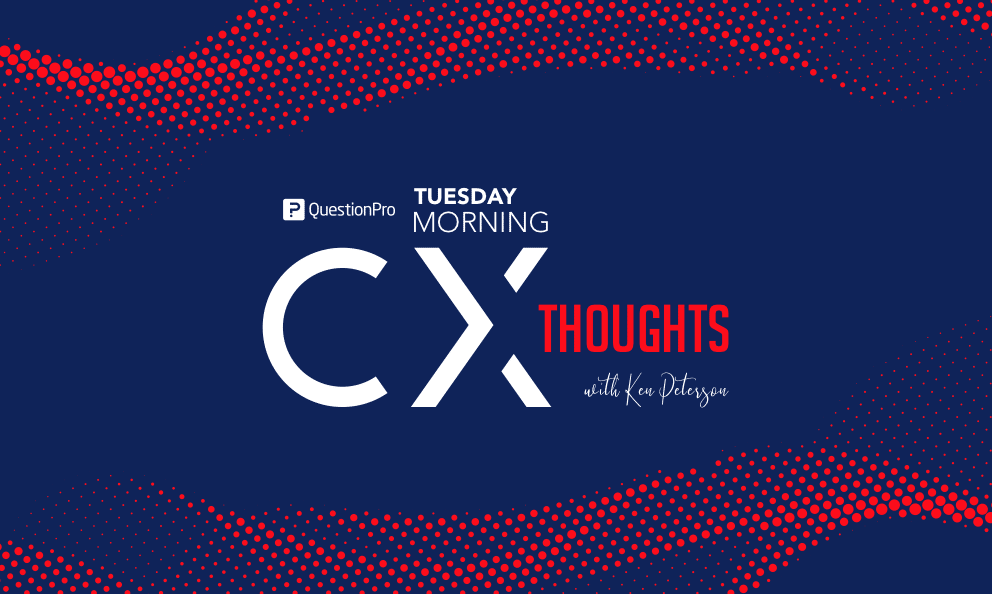 Reading Time: 3 minutes read
Reading Time: 3 minutes readReturn of vacation
This week I’m writing from a remote location while taking some time off. While I have had a few days off since the pandemic outbreak, this time away is a little different – I have no internet access. And that is ok, I’ll make a trip to the nearest town, so this can be posted for you.
I’m getting to enjoy a gathering of thousands of people, though doing it in my own safe and protective way. While my riding buddy and I were nestled in our campground last night, I was reminded that just about everyone else took the opportunity to watch a show at a competing venue. Prior to that, we had been discussing the various pros and cons of the “big names” coming to a particular site. While we were happy being away from crowds yet within hearing distance of the ‘local’ show, some had commented that they should have the same types of big name shows here like they get at the competing venue.
At the end of the evening, as some of the people we know started coming back from that other venue, I knew I had made the right decision. The prospect of attending a fun show had turned many of those that went to that competing venue sour about that location. It was too crowded. Traffic was difficult. Lines to get in were long. Even paying additional money for concessions was made difficult. One of our friends mentioned waiting in line during the entire opening act just to get refreshments.
Is choice dichotomous?
Looking at the situation that unfolded, we got into a great discussion about customer experience and customer choices. As we evaluated the reasons we chose our venue, it was clear that the reasons that were most important to us were represented (quiet camping hours, not central, cleaner facilities) while items like “big names” for the shows were just a want.
On the competing side, that other venue had a central location and a line-up card that was desired, but the facilities certainly did not meet the standards that I would have in place. In fact, beyond these two venues, there are several different sites as options – many of which I never considered but are there for the customers. We have friends that stayed at one such site – it was all about economics. Since they were only visiting for a couple of days, it did not make sense to reserve at the larger venue where a full week stay was required.
Some venues appeal to the younger crowd, some will base it on the entertainment offered, others will look to stay where “everyone is” and there are those that look for the opposite where they will be away from the crowds.
Ultimately, when the offering has many facets, the competitors are many, and the potential customers come from various backgrounds, there will be many micro-decisions that will make up an overall value equation for each customer. In some cases, like this, it may include staying at one location but seeking entertainment from a variety of venues. For some, it may just involve a single decision point about the cleanliness of facilities.
Choices & Customer Experience
I may have some built-in biases related to the campground we chose, but I still acknowledge that if a few of these features in my choice were altered, I might consider changing even my loyalty despite the built-in biases. It demonstrates that we really cannot please every customer or prospective customer – especially if there are many facets to the experience. Even from the business’ perspective, the right optimization will correctly enhance the experience and maximize profit. I will state that it is important for all businesses to evolve, but also to understand what makes a customer loyal – and that often sits with the customer experience and what a brand offers to the customer – then the delivery of it.
Your customer experience strategy should almost always include asking the customer directly for feedback. Beyond choosing the right customer experience management platform, understand the journey your customer takes to arrive at such an important decision, even if measuring before the experience where the experience is planned far in advance. Using a customer sentiment analysis tool will help guide the area where expectations might be the strongest indicator of the entire experience. After the experience, assess the delivery on each aspect, understand strengths and weaknesses (both for your own delivery and relative to the competition), and use the customer feedback loop to follow up and let your customer feel they have provided input to help guide their next experience.
QuestionPro offers some of the most advanced customer experience tools available. Gain valuable insights into your customers’ thoughts and feelings using QuestionPro CX software today.







